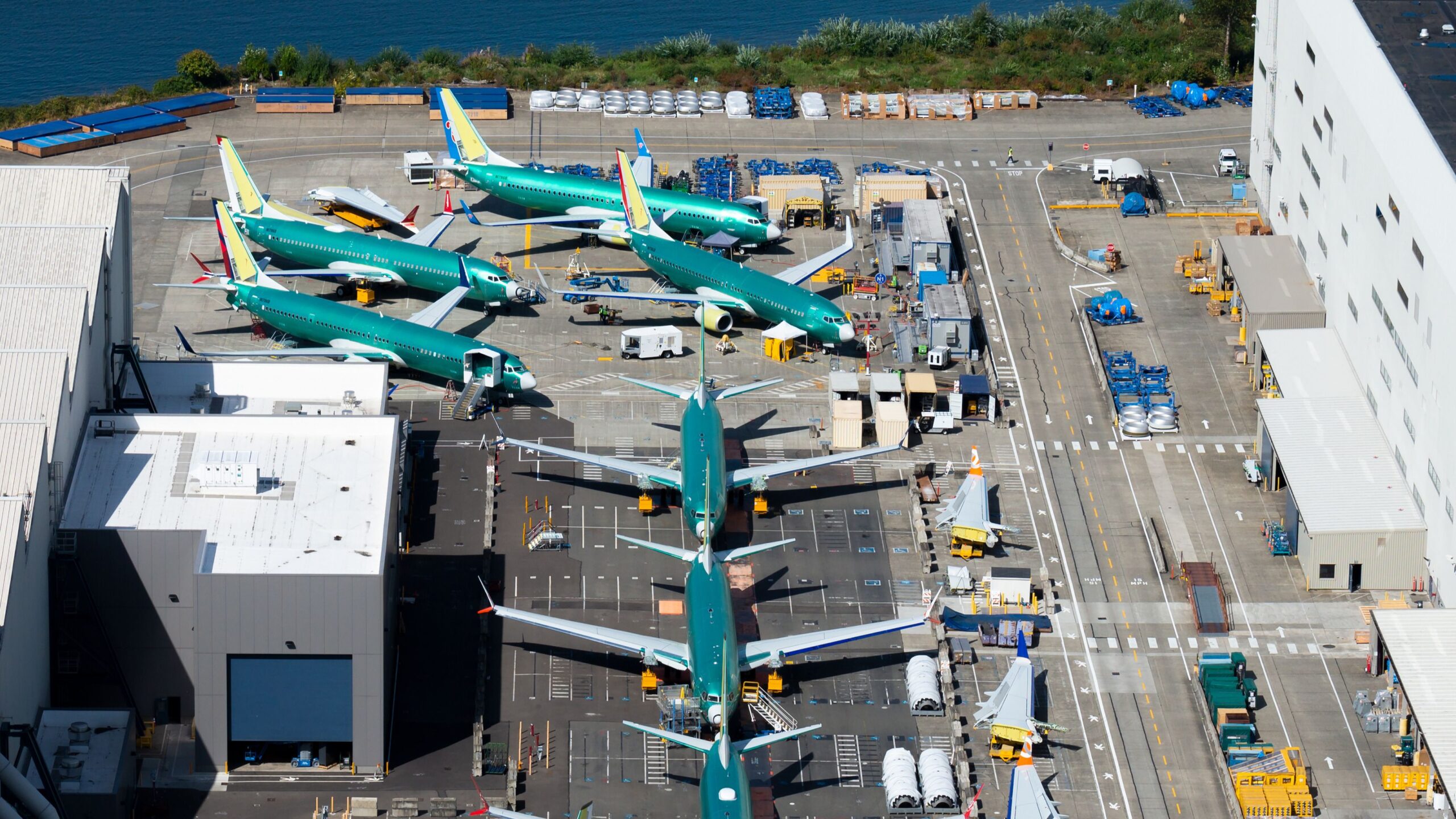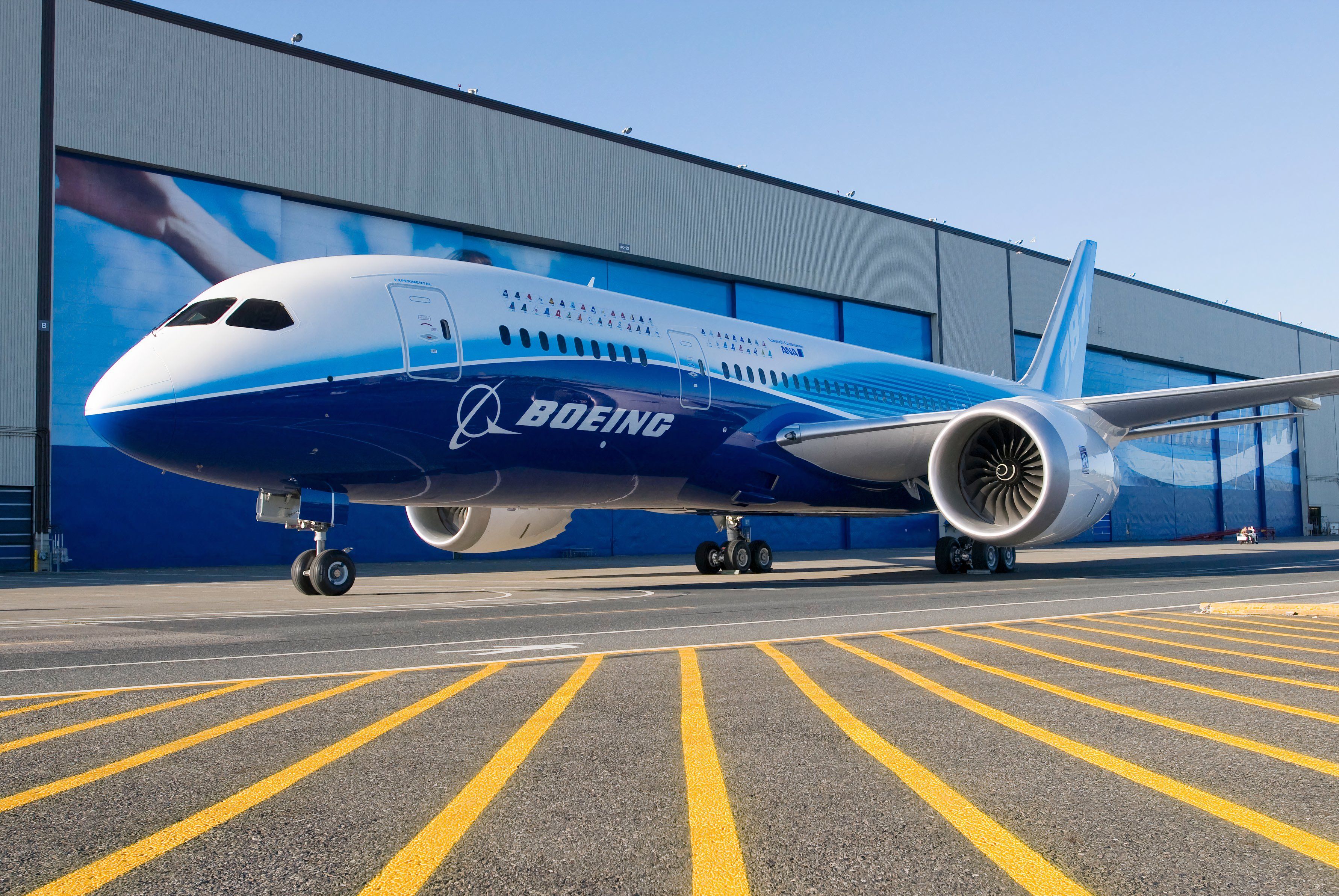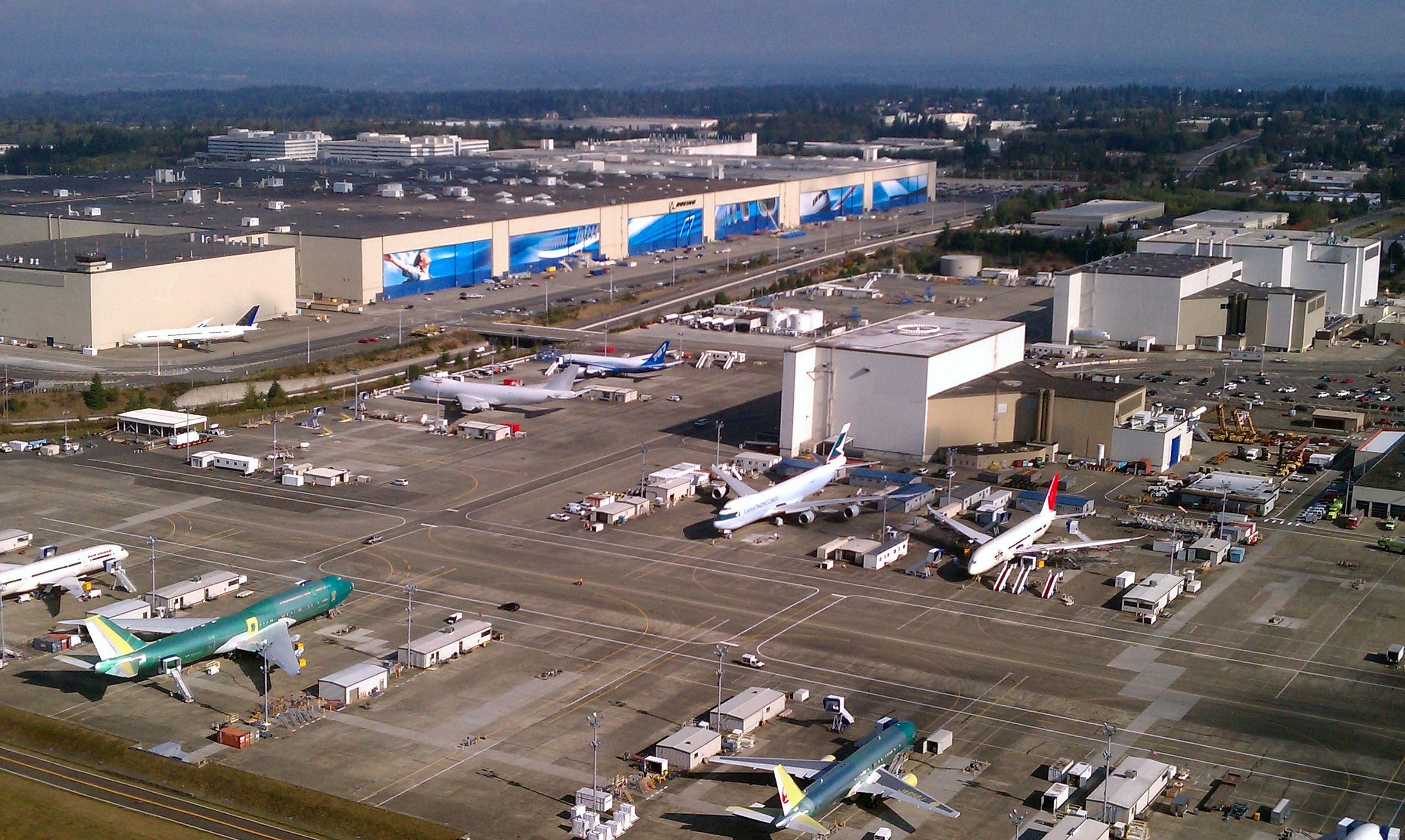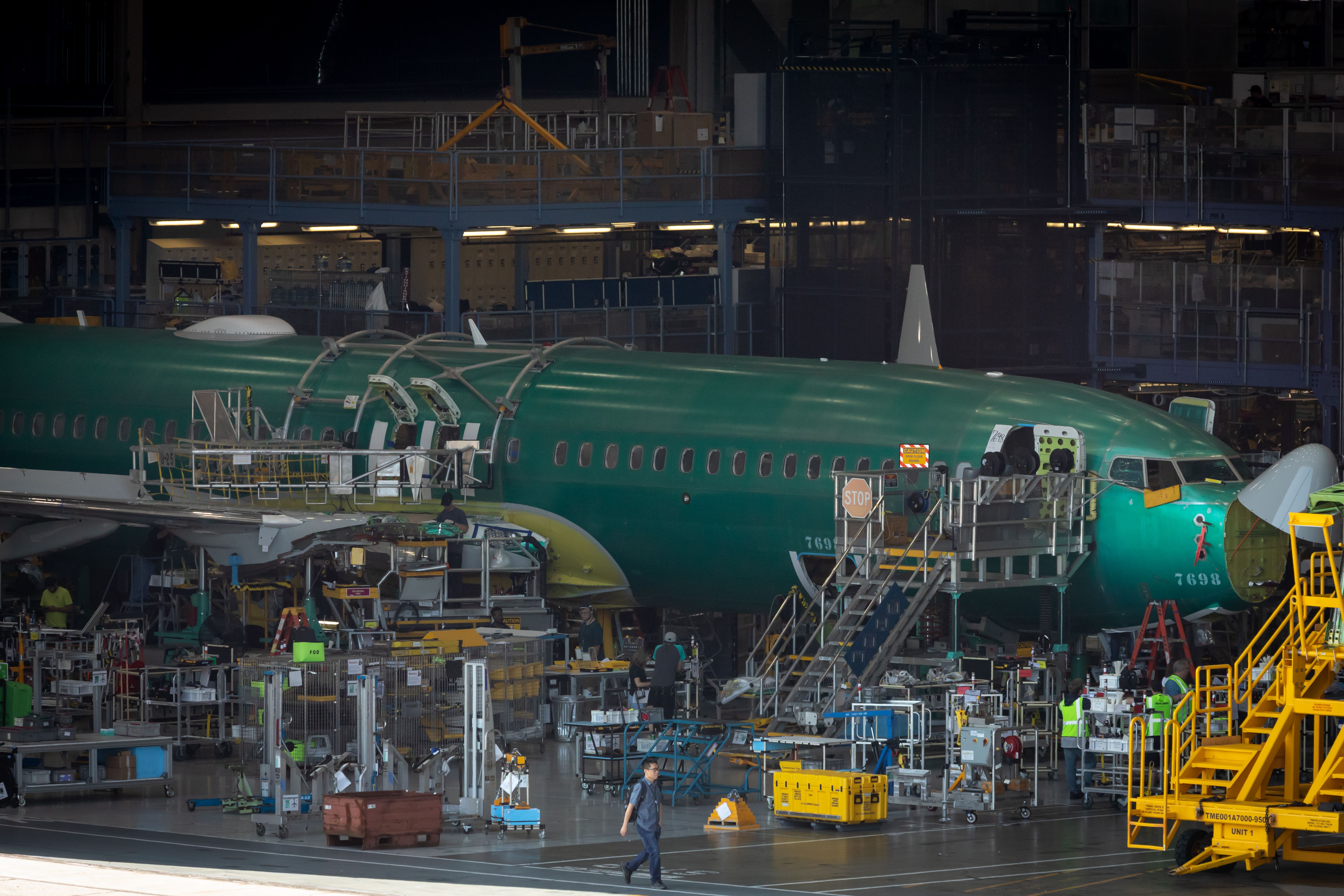Summary
- FAA’s oversight of Boeing will continue for the foreseeable future.
- The agency has increased on-site inspectors and will implement other oversight practices.
- FAA transitions to a proactive approach, aiming to improve data analysis and bring systemic change to Boeing.
The Federal Aviation Administration (FAA) will continue its oversight of Boeing after admitting it had been too lax on the manufacturer. The agency has boosted its on-site presence at Boeing and supplier Spirit AeroSystems facilities and will maintain this enhanced oversight “for the foreseeable future”.
FAA chief lays out Boeing oversight plans
FAA Administrator Mike Whitaker said in a Senate Commerce Committee hearing on Thursday that the agency had been “too hands off” with the planemaker prior to the highly-publicized Alaska Airlines plug door blowout incident in January. Until this point, much of its oversight had been “too focused on paperwork audits” rather than inspections.
Photo: Boeing
Stressing the need for a “fundamental shift” in Boeing’s safety culture, Whitaker said that FAA inspectors will continue to maintain an increased presence on the factory floor, along with other enhanced oversight activities, including:
- Overseeing more critical points of the planemaker’s manufacturing process
- Direct engagement of company employees
- Ongoing audits of quality and build
Boeing plan only the beginning
After it was ordered to come up with a comprehensive quality improvement plan within 90 days, Boeing delivered its plan of action to the FAA on May 30th. According to Whitaker,
“This plan does not mark the end of the FAA’s increased oversight of Boeing and its suppliers. In fact, it’s the beginning of a long journey.”
The FAA head confirmed that the agency was dealing with several active investigations into Boeing while also “processing a number of reports filed by whistleblowers and through our safety hotline.” The ultimate goal is to bring about long-term “systemic change” at Boeing, a key part of which will be utilizing data effectively. The agency is already taking steps to improve its data analysis and will establish a better system for employee reporting.
Reactive to proactive oversight
After admitting the agency had been too reactive and hands-off in its oversight of Boeing’s process, Whitaker said it will now adopt a more proactive approach to ensuring the planemaker’s standards are up to scratch.
Photo: VDB Photos | Shutterstock
Whitaker said,
“We have now moved to a more active, comprehensive oversight model, the ‘audit-plus’ inspection approach, which allows the FAA to have much better insight into Boeing’s operations.”
Whitaker confirmed that the comprehensive oversight plan will apply to Boeing’s entire commercial range, adding that he would visit Boeing’s facility in Charleston tomorrow. Since capping Boeing’s production of the 737 MAX 9 to 38 planes per month (it is currently producing around 32 each month), the FAA will not permit an increase in production for at least the next few months.
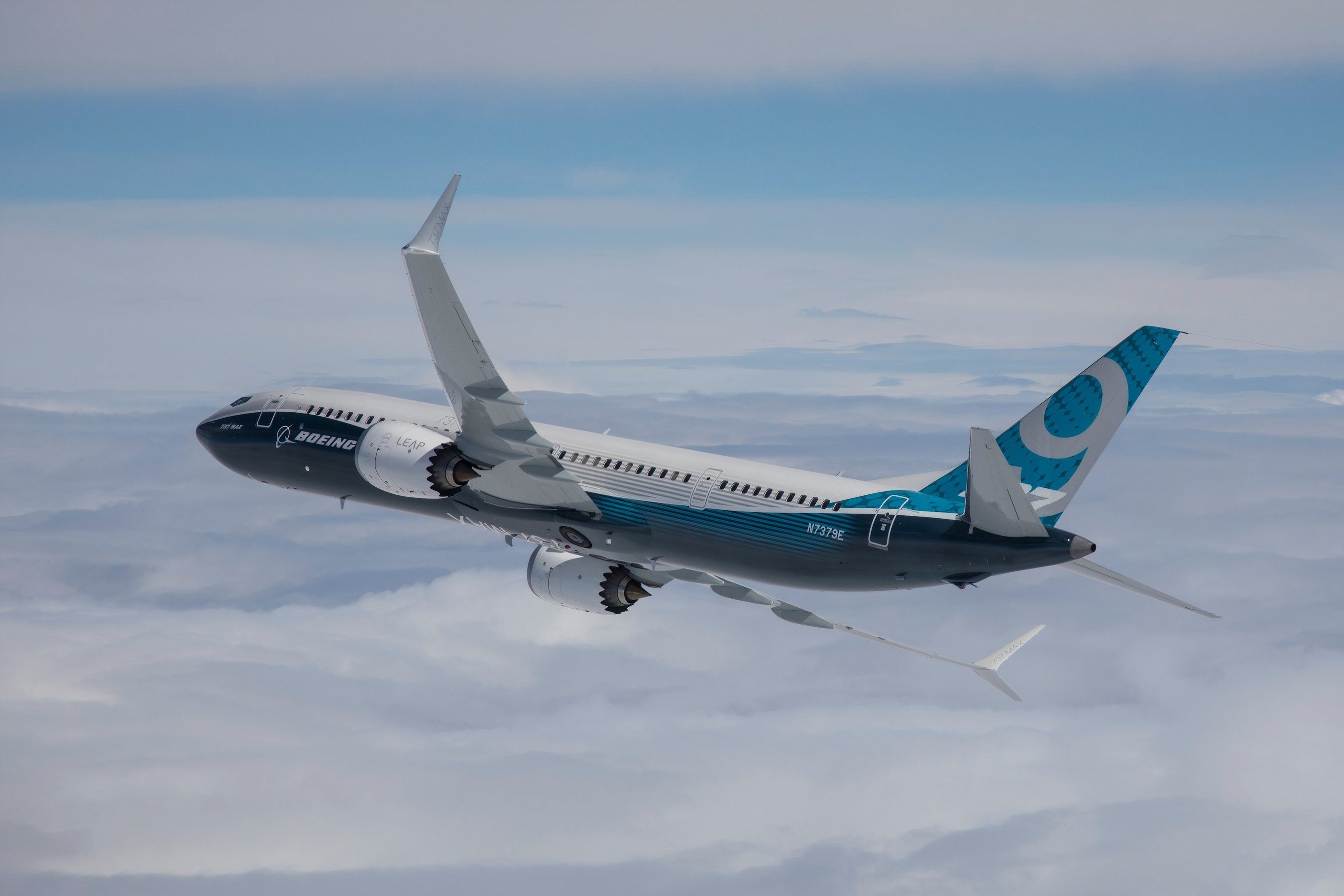
Related
Head Of FAA Says Boeing Is Not Clear To Increase Production Of The 737 Max
Boeing leaders met FAA officials on May 30 to present their quality improvement plan.
Speaking at a joint FAA and European Union Aviation Safety Agency (EASA) Safety Conference earlier this week, Whitaker said that the lessons learned from cooperating with European counterparts EASA would be extended to its Boeing audit. Additionally, outgoing Boeing CEO Dave Calhoun is due to appear before a Senate Permanent Subcommittee on Investigations next Tuesday.

